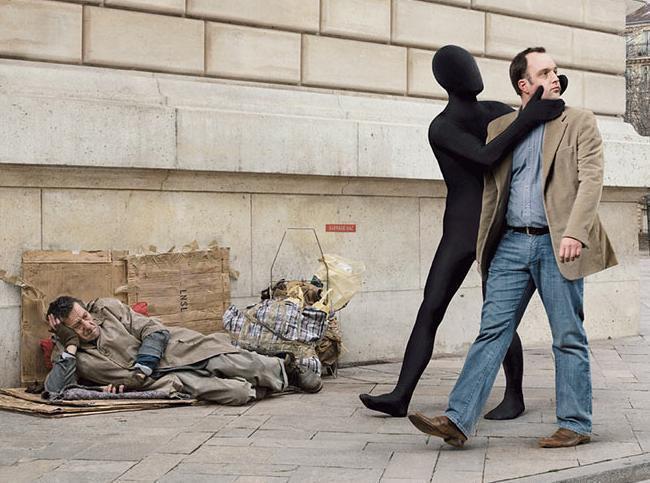
(11-22-17) Giving a meal to someone on Thanksgiving who is homeless feeds them for one day. Giving them housing puts them on a life changing path. Patti and I make a donation each month to the Corporation for Supportive Housing because we believe it offers communities proven solutions for ending homelessness – and homelessness in the wealthiest nation in the world should be unacceptable.
564,708 people in the U.S. are homeless.
According to a recent report, over half a million people were living on the streets, in cars, in homeless shelters, or in subsidized transitional housing during a one-night national survey last January. Of that number, 206,286 were people in families, 358,422 were individuals, and a quarter of the entire group were children.
83,170 individuals, or 15% of the homeless population, are considered “chronically homeless.”
Chronic homelessness is defined as an individual who has a disability and has experienced homelessness for a year or longer, or and individual who has a disability and has experienced at least four episodes of homelessness in the last three years (must be a cumulative of 12 months).
Families with at least one adult member who meets that description are also considered chronically homeless. As the National Alliance to End Homelessness explains, “While people experiencing chronic homelessness make up a small number of the overall homeless population, they are among the most vulnerable. They tend to have high rates of behavioral health problems, including severe mental illness and substance use disorders; conditions that may be exacerbated by physical illness, injury, or trauma.”
47,725, or about 8% of the homeless population, are veterans.
This represents a 35% decrease since 2009. Homeless veterans have served in several different conflicts from WWII to the recent wars in Afghanistan and Iraq. Washington, D.C., has the highest rate of veteran homelessness in the nation (145.8 homeless veterans per 10,000). 45% of homeless veterans are black or Hispanic. While less than 10% of homeless veterans are women, that number is rising.
550,000 unaccompanied, single youth and young adults under the age of 24 experience a homelessness episode of longer than one week.
Approximately 380,000 of that total are under the age of 18. Accurately counting homeless children and youth is particularly difficult. The National Alliance to End Homelessness explains, “Homeless youth are less likely to spend time in the same places as homeless people who are in an older age range. They are often less willing to disclose that they’re experiencing homelessness or may not even identify as homeless. They also may work harder to try to blend in with peers who aren’t homeless.”
110,000 LGBTQ youth in the U.S. are homeless.
This is one of the most vulnerable homeless populations. A substantial number of young people who identify as LGBTQ say that they live in a community that is not accepting of LGBTQ people. In fact, LGBTQ youths make up 20% of runaway kids across the country. Family rejection, abuse, and neglect are major reasons LGBTQ youth end up on the streets. Additionally, homeless LGBTQ youth are substantially more likely than heterosexual homeless youth to be victims of sexual assault and abuse. LGBTQ homeless youth are twice as likely to commit suicide compared to heterosexual homeless youth.
(Information about homelessness is from 2016’s Shocking Homelessness Statistics)



